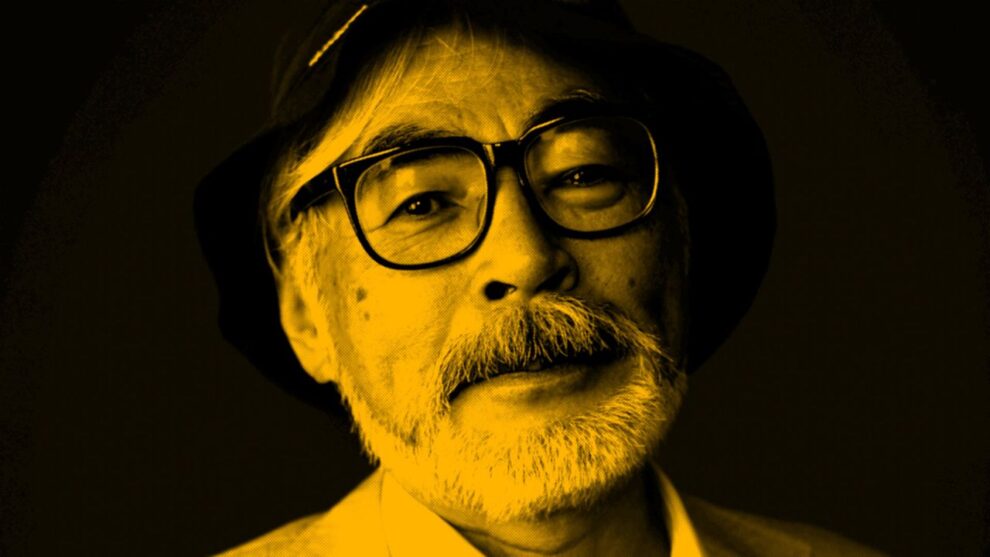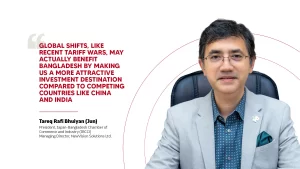The Prestige pays homage to this creative mastermind by remembering some of his most awe-inspiring films. Here are some of Hayao Miyazaki’s bests:
Spirited Away – 2001

Even after 18 years of its release, Spirited Away still holds the position of Japan’s highest-grossing movie. This film is a story about a ten-year-old girl, Chihiro, who embarks on a journey of self-discovery by saving her parents from an evil spell. Spirited Away, at its most basic, is a film about honest development. In addition to receiving several national and international accolades, it earned Miyazaki an Oscar in the category of Best Animated Feature Film. While some argue that this film is an allegory for child prostitution, others believe that it depicts the spirit of old Japan struggling against modernization. All these elucidations, however, are lost on young souls for whom this film was originally made. This again proves that Miyazaki films cater to a big range of audience, starting from children to adults, all of whom perceive each of Miyazaki’s masterpieces differently and which, in turn, causes them to reflect on those films in their unique ways.
Howl’s Moving Castle – 2004

Based on a 1986 British fantasy novel written by Diana Wynne Jones, Howl’s Moving Castle explores the transforming power of love and the scary burden of youth. It follows a young, timid hatter named Sophie who takes refuge in a mercurial wizard’s fortress (which seems to have a life of its own) upon being cursed to become an old woman by a witch. Howl’s Moving Castle can be categorized as a fairytale – a fairytale that lacks animation’s typical cardboard villains and knights in shining armors. The lead male character of this film, Howl, is vain and unpredictable and these characteristics set Howl apart from traditional heroes. Howl’s Moving Castle is probably the most divisive work in Miyazaki’s filmography. Even though it is visually dynamic, it lacks the subtlety and complexity of Miyazaki’s other works and thus is less contemplative. Despite some of its insignificant flaws, Howl’s Moving Castle was an immense box-office success, and it earned Miyazaki his second Oscar nomination.
Princess Mononoke – 1997

Princess Mononoke was the first Studio Ghibli epic. It is one of Miyazaki’s darker films that feature elements of fantasy and Japanese folklore. This film tells the story of a warrior princess who tries to save her beloved forest from the damaging effects of industrialization. Miyazaki walked a very thin tightrope while helming this movie – trying to relay an environmentalist message without making his stance feel pro-nature or anti-modernism. In its essence, Princess Mononoke is a film about war, accountability, and redemption. Even though this is Miyazaki’s bloodiest film, his tasteful handling of the violence that is depicted on the screen still makes it suitable to be viewed by children. Princess Mononoke, as a film, is visually resplendent and even though it has a lot of things going on, Miyazaki still manages to keep the coherence intact. Moreover, it topped the Japanese box office in the year of its release and became the first film to surpass 10 billion yen at the Japanese box office.
My Neighbor Totoro – 1988

It has been 31 years since the release of this Miyazaki masterpiece and it is still one of the most beloved animated feature films to exist. My Neighbor Totoro is a whimsical tale about two sisters who befriend a spirit during their time of hardship. This film and its characters, namely, Totoro, has become a pop culture icon – almost as ubiquitous as Mickey Mouse in America and Winnie the Pooh in the UK. After the film’s release and success, Studio Ghibli adopted the silhouette of Totoro as the studio’s logo. In this film, Miyazaki explores the idea of death without demonizing or personalizing it – by writing the script in the perspective of children, he depicts the feelings of children who are faced with the possibility of losing their parent, and in doing so, he analyzes death from children’s viewpoint in a manner that is both delicate and graceful.
Miyazaki has inspired a new generation of animators, most notably, the founder of Pixar, John Lasseter and Makoto Shinkai, the director of Your Name. Even though he has tried to retire several times (six, to be exact), it seems that Miyazaki is not yet finished telling his stories, and for that, we are grateful. Miyazaki’s next film is scheduled to hit the theatres in 2020. Till then, we bide our time.






